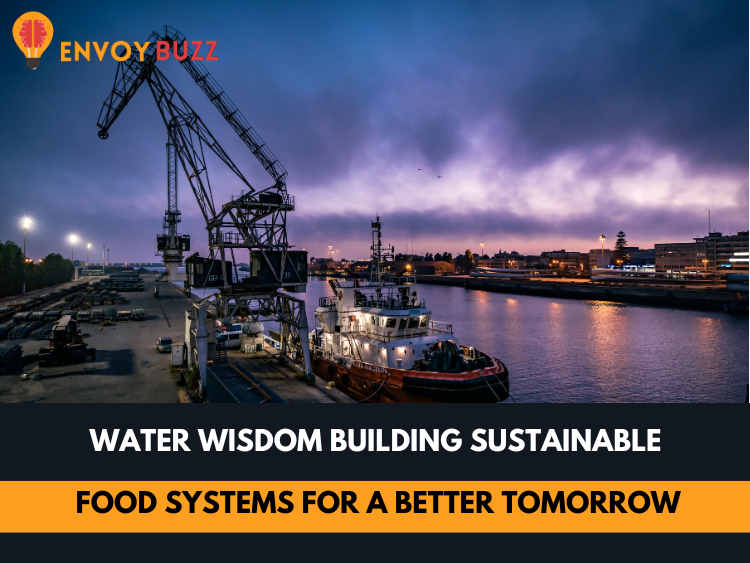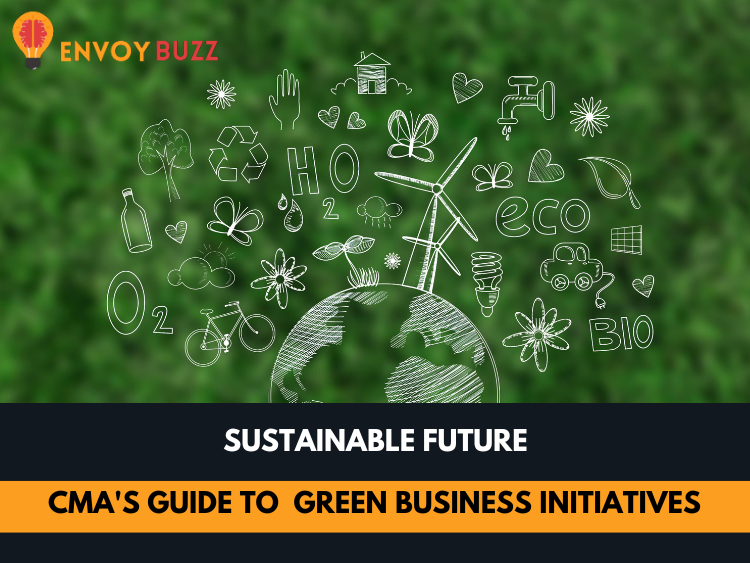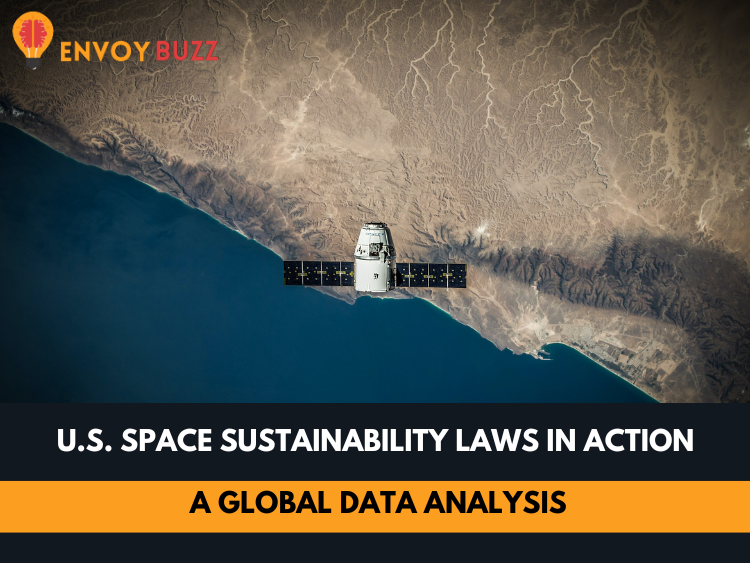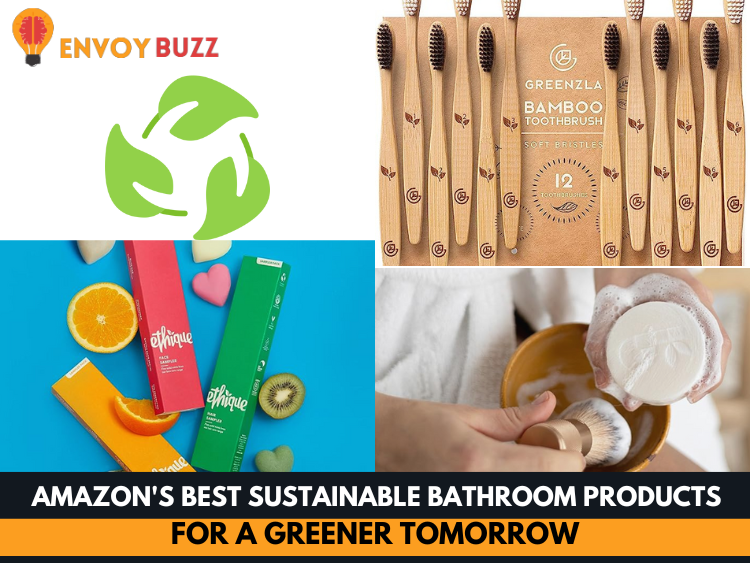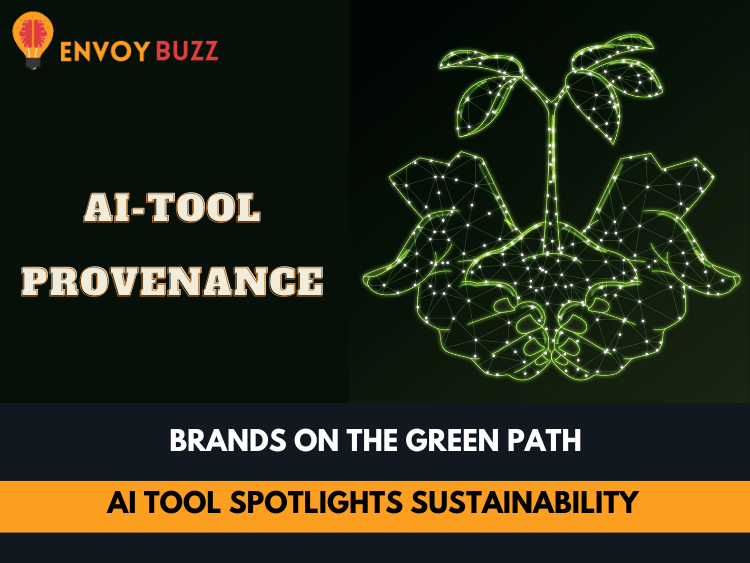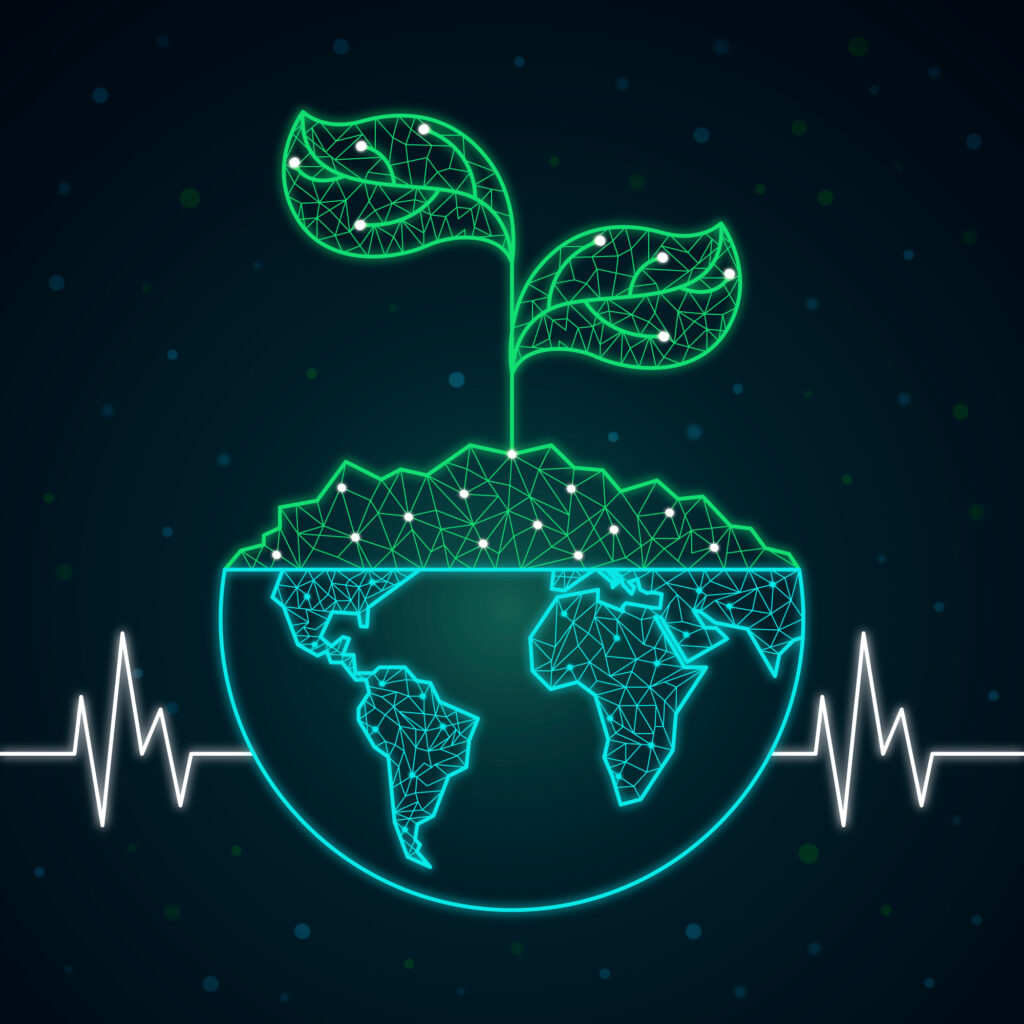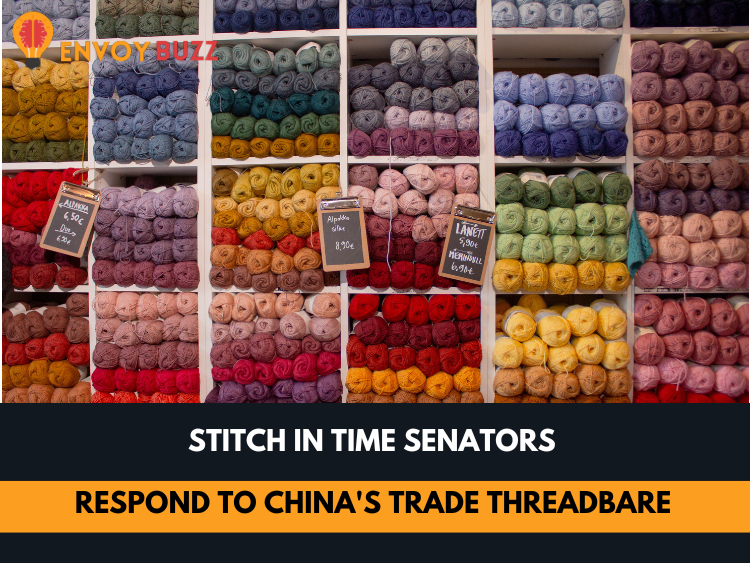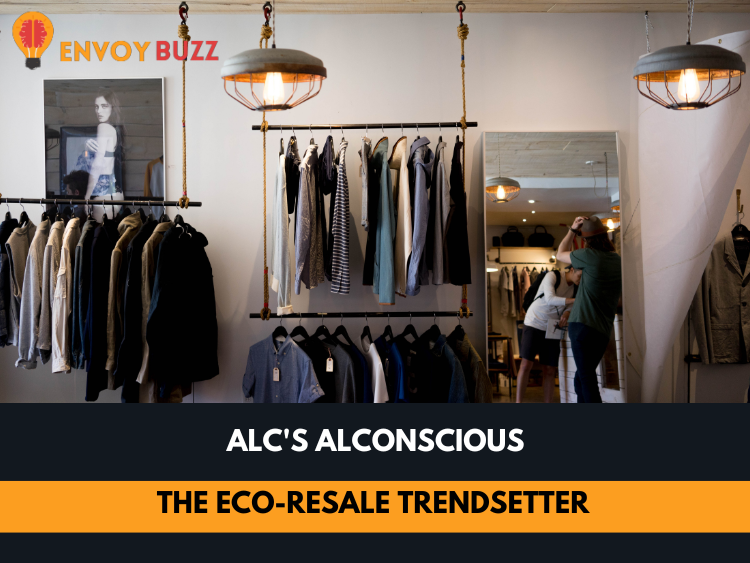It is a crop with significant environmental costs. Can the largest producer in the world improve its behavior?
When questioned about illegal deforestation, Mauro Mendes scowls. The governor of Mato Grosso, the agricultural powerhouse state of Brazil, feels strongly about it. He claims that “The environmental image in Brazil is being deteriorated due to the actions, I would say, of less than 1 per cent [of farmers],”
Mendes’s state is the leading producer of soya, which is currently Brazil’s most important agricultural export but is frequently viewed as harmful to the environment.
Soybeans in Brazil provoke strong and differing opinions. As the world’s leading producer and exporter of this crop, Brazil’s farmers credit soybeans with transforming agriculture and fueling prosperity across the country’s expansive hinterlands. Much of this success can be attributed to the substantial demand from China, which accounts for 70 percent of Brazil’s soybean exports. However, from an environmental standpoint, soybeans are closely associated with issues like deforestation and the displacement of indigenous communities, a concern frequently raised by environmentalists.
In the current year, while deforestation rates have decreased in the Amazon rainforest, they have surged to unprecedented levels in the Cerrado region, a tropical savannah. The Cerrado, which serves as a crucial carbon sink, has now accommodated 22 million hectares of soybean plantations, constituting half of Brazil’s total soybean acreage.
“The way it is produced today, it is not sustainable, because it demands large extensions of land. In many cases, it demands deforestation.”-Eduardo Assad, a professor at the Getulio Vargas Foundation (FGV)
Simultaneously, Assad recognizes that there is no more cost-effective protein source available, and he highlights the fact that beans have a significantly longer shelf life compared to other alternatives.
The crop’s significance for food security has also been emphasized by international organizations, such as the UN Food and Agriculture Organization, given that the world’s population is expected to increase to 9.7 billion by the year 2050. The FAO’s Brazil office states that soya “plays a crucial role,” but it also acknowledges “the challenge of producing it in a more innovative and sustainable way.”
Currently, a number of projects in Brazil are attempting to take on this challenge by enhancing soya’s environmental credentials so that it can be farmed in a way that will appease environmentalists and farmers alike.
Leaders in the sector, the National Association of Cereal Exporters (Anec) and the Brazilian Association of Vegetable Oil Industries (Abiove, which represents traders), have established a monitoring platform for the 2023–24 harvest in an effort to end illicit deforestation in the Cerrado, the nation’s soyabean frontier.
When CSA Cerrado is up and running, it will survey the area for soy cultivation and locate land clearances using technology from Brazil’s National Institute for Space Research (Inpe). The objective is to establish a mechanism akin to the Amazon Soy Moratorium, an initiative launched in 2006 by environmental organisations and commodities dealers that has been recognised for mitigating deforestation in the Amazon.
Farmers who have cleared property since August 2020 will be contacted by CSA Cerrado, who will ask for authorization paperwork. According to Bernardo Pires, head of sustainability at Abiove, those who are unable to provide them will be considered to have engaged in unlawful deforestation, and customers connected to Abiove and Anec will no longer purchase soyabeans from them.
he explains: “Together, the [Abiove and Anec member] companies make up a little more than 90 percent of the soyabean purchasing power in Brazil,[Rogue farmers] would have a very restricted market.”
Farmers seeking to re-enter the market will need to develop a plan to restore an area equivalent to the land they’ve cleared.
Despite these efforts, it’s essential to note that a significant portion of deforestation in the Cerrado region is legally permitted. Unlike the Amazon, which generally requires producers to maintain 80 percent of their land as forested, the Cerrado has less stringent regulations, with a range of 20-35 percent. Rosângela Corrêa, a professor at the University of Brasília and director-general of its Cerrado Museum, highlights this distinction and emphasizes that the Cerrado has often borne the burden of deforestation instead of the Amazon.
Bernardo Pires suggests that farmers should receive compensation for preserving forested areas on their land. He also mentions that the often lengthy waiting period, typically “three or four” years, for land clearing permits can put farmers at a disadvantage compared to their competitors.
Soy production isn’t carbon-neutral, as emissions of nitrous oxide, a potent greenhouse gas, from crop residues pose a particular concern. Brazil’s state-run agricultural research institute, Embrapa, has initiated a “low carbon soy” program, currently in its pilot phase. This program aims to identify practices that minimize emissions and establish a certification scheme for farmers who adopt these sustainable practices. Marco Antonio Nogueira, a researcher at Embrapa’s soy department, acknowledges the importance of addressing greenhouse gas emissions and sustainability issues in soybean production.
Furthermore, Brazil is expanding “responsible” soybean certification schemes that enable farmers to charge premium prices for engaging in more sustainable practices. These certifications incentivize environmentally friendly and sustainable approaches within the soybean industry.
The Round Table on Responsible Soy Association in Zurich aims to increase certified Brazilian soy production by 5% this year, following 5.9 million tonnes in 2022. Certification is based on “zero deforestation” and “zero conversion,” even prohibiting “legal” deforestation with prior authorization. Farmers must follow top environmental practices and maintain ethical labor and community relations, with third-party audits.
Despite these efforts, with Brazil’s annual soy production at about 155 million tonnes, the Round Table’s certification work faces a significant challenge.
Professor Assad from FGV notes that while soy is primarily used for animal feed, its high profitability is pushing aside Brazilian staples like rice and beans, impacting food affordability. He emphasizes that soy’s potential for food security depends on accessible meat prices, but the allure of quick and substantial soy profits continues to draw attention.
For more news on sustainability visit Envoybuzz.


